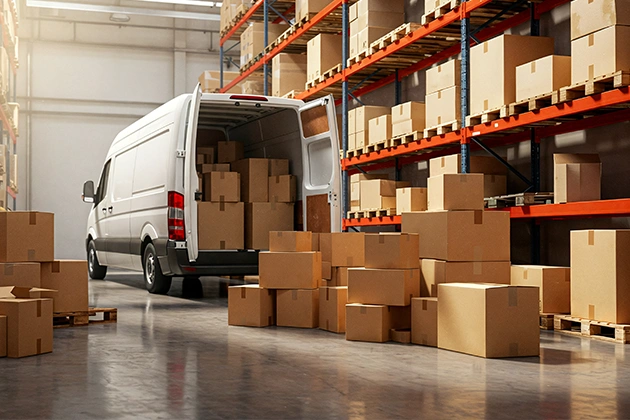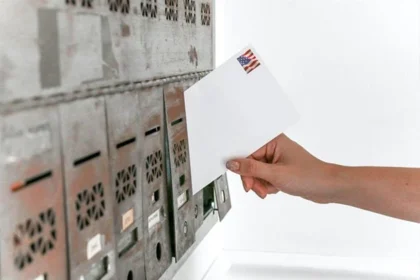In order to preserve important commodities and optimize process efficiency, industrial operations need durable storage and transportation solutions. Traditional storage solutions are not adequately secure or handling-effective for heavy industrial goods. Advanced industrial storage systems, which combine strength, security, and value, are now being adopted by contemporary businesses to meet exacting operational requirements in manufacturing, warehousing, and logistics sectors.
Industrial Storage Framework Design
Effective industrial storage units must handle heavy loads with secure containment and effective handling. Structural integrity is paramount with bulk products, machinery components, or finished goods requiring special storage requirements. Design considerations include weight support, stacking, and forklift or crane access needs. Material selection dictates toughness, maintenance requirements, and overall storage facility cost-effectiveness. Good framework design ensures storage solutions that will endure industrial environments with safety and accessibility for regular business operations throughout extended lifetimes.
Heavy-Duty Container Applications
Specialized industrial-use containers provide improved protection and handling efficiency compared to ordinary storage containers. Heavy-duty design withstands demanding operating environments while protecting valuable contents from the weather, theft, and handling accidents. Secure closing systems exclude unauthorized users while permitting legitimate users to make material easily and quickly available. Uniform sizes ensure compatibility with material handling equipment and maximize space utilization in storage facilities. These heavy-duty applications are essential in industries handling expensive machinery, raw materials, or finished products requiring increased protection during storage and transport operations.
Stackable Storage Optimization
Vertical storage capacities double available storage space without requiring facility expansion or investment in additional floor space. Engineered stacking systems transfer loads safely while maintaining structural integrity at full load conditions. Interlocking mechanisms prevent shifting during handling operations while enabling quick assembly and disassembly when operating needs change. Load capacity requirements ensure safe stacking heights while maximizing utilization of space in existing facilities. Industrial stillage is an excellent instance of effective stackable storage design in that it provides a sturdy vertical storage area for heavy materials with instant access and secure containment for long-term storage.
Secure Transport Integration
Storage systems with integrated transport functionality save handling time and reduce security risk while transferring cargo. Standardized lifting points enable efficient loading and unloading with standard material handling devices without specialized tools or processes. Secure fastening systems maintain cargo stability during transport while providing rapid access for inspection and delivery purposes. The weather-resistant design protects contents in outdoor storage or transportation under adverse environmental conditions. Integrated transportability eliminates the process of transferring goods from storage to transport containers, reducing handling cost and security threats.
Maintenance and Durability Considerations
Cost-effectiveness in the long run depends on the selection of storage arrangements that can sustain industrial use with minor maintenance over long periods of service life. Material quality determines corrosion, impact damage, and weather degradation that can compromise security and operational effectiveness. Surface coatings and protective treatments extend service life along with decreasing requirements for maintenance and replacement costs. Modular component designs enable focused repair or upgrading without requiring the complete system to be replaced. Durability investments pay off through lower maintenance costs, increased service lives, and predictable operation performance that supports reliable business processes.
Transport Monitoring Technologies
Sophisticated monitoring solutions facilitate transport security in addition to real-time insight into the location and condition of goods in transit. GPS-based tracking capabilities enable route tracking and deviation alerts that prevent theft while facilitating on-time delivery performance. Vehicle diagnostics identify mechanical issues before breakdowns or security intrusions occur during transport. Monitoring of driver behavior promotes safe driving practices while protecting valuable shipments as well as reducing insurance premiums. Vehicle telematics provides live transport control that combines security tracking and operation efficiency optimization for economic handling of cargo.
Cost-Benefit Analysis Methods
Accurate appraisal methods guarantee investment in storage and transportation yields quantifiable benefits in terms of efficiency gains and decreased operating risk. Initial capital outlays for start-up money must be weighed against long-term operating advantages of reduced handling time, increased security, and longer useful life. Efficiency gains in operations such as faster loading, lower labor expenses, and enhanced space utilization are realized in profitability immediately. Risk reduction advantages are avoiding theft, reducing loss, and improved insurance premiums that contribute to overall investment value. Methodologies for systematic analysis allow companies to make rational decisions, weighing initial investments against operating benefits over the long term.
Implementation Strategy Planning
Industrial storage and transportation solutions are implemented successfully with careful planning in view of operational requirements, budget constraints, and schedules of implementation. Phased implementation plans facilitate incremental system deployment with less operational disruption and spread capital costs over extended time horizons. Training requirements ensure that employees can operate new systems effectively and safely on the day of installation, ensuring effective and efficient operations. Planning for integration takes into account equipment and process compatibility installed to ensure a smooth operation transition. Strategic implementation realizes return on investment with minimal risks and operational disruption during system installation and integration processes.










